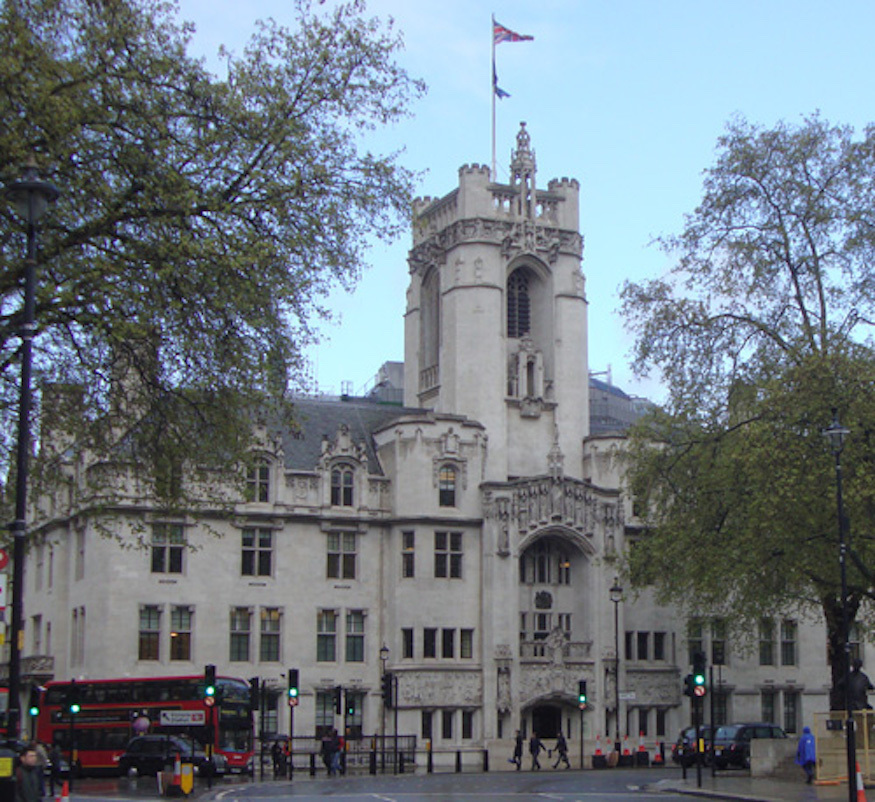London Historians director Mike Paterson visited the Supreme Court.

Ever been in the Supreme Court? Apart from the airport-style security screening, there's nothing to stop you going in.
The neo-Gothic style building is newer than it looks, having been built in 1913. Architect: James Gibson. Its original purpose was as the Middlesex Guildhall and as a denizen of Brentford, it’s this aspect which particularly interests me. What many don’t realise — even today — is that Middlesex no longer exists as a legal entity, since it and all its functions were swallowed up by the new Greater London Council in 1965. But in days gone by, all of London north of the Thames and west of the River Lea was Middlesex (hence Middlesex Station — Surrey Station in the Boat Race). The little county was small of size, big of population, a quite relatively powerful entity with a proud history.

In the building there are lots of references to Middlesex history, in particular portraits of local worthies (including two portraits of Hugh Percy, 1st Duke of Northumberland – one by Reynolds, the other by Gainsborough). In the foyer there's a war memorial of the Middlesex Regiment, and in the basement display there are quite a few historical objects from the lamented county’s past. Not forgetting the building’s additional past business as a law court, there are portraits of legal notables too. Very pleasing to see the Blind Beak of Bow Street, John Fielding.

But all that’s in the past. The Supreme Court was set up in late 2009 to take over the functions previously carried out by the Law Lords in Parliament. This building was chosen because it was still close to the seat of Parliament while giving some separation from the House which was in many senses remote from the public.

Unlike all other courts, cases here are filmed and broadcast live. There are twelve Justices who normally hear and judge cases in panels of five, although seven and nine are occasionally used for more complicated or important cases. The justices do not wear robes or wigs except on ceremonial occasions.

From the time of the Act in 2005 to set up the Supreme Court and its actual opening four years later, the building had to be extensively renovated. Eight courtrooms needed to be combined and reduced to three; a quite large library and cafeteria-restaurant were introduced. This was extremely controversial and widely unpopular. Having not seen the “before”, it’s difficult for me to comment, but I would say what we have today is a pleasing blend of the old and the new – this coming from a usually reactionary fuddy-duddy.
You can visit the Supreme Court any time during its stated opening hours for free. Access to the court rooms will depend on whether the court is in session, so the best time to visit is on a Friday when it is not. If you wish to have a guided tour as group like we did, they charge a very reasonable £5. I’d like to thank our guide, Simon Josiffe, who imparted great knowledge and hospitality.
This article originally appeared on London Historians. You can become a London Historians member here.



